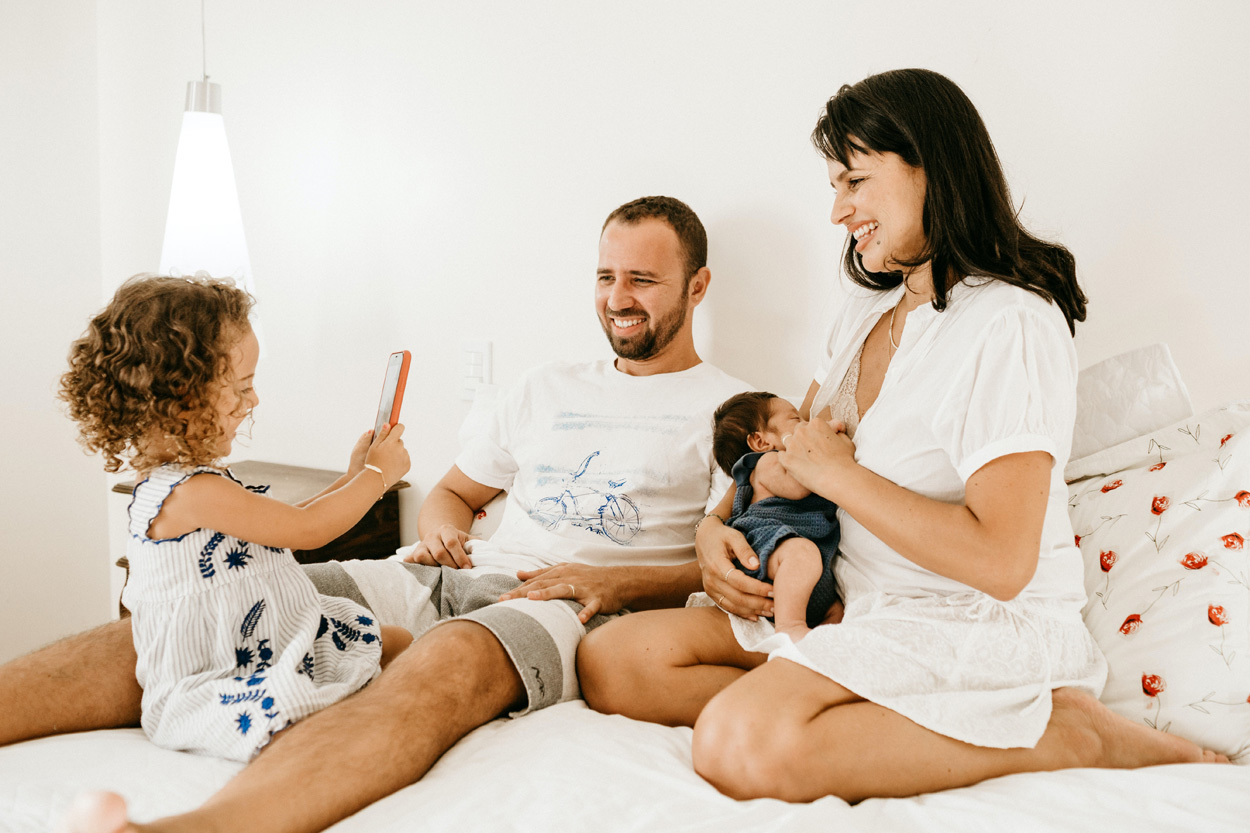Halloween Spending: An American Tradition Of Spooky Proportions

Halloween has staked its claim on autumn and, along with it, our bank accounts. What used to be considered a holiday just for kids is now a multi-billion-dollar industry. Now the majority of Americans take part, regardless of age, and it can get expensive.
The National Retail Federation (NRF) expects Americans to spend a total of $6.9 billion to celebrate the holiday this year, with most of that money going toward costumes, candy and decorations.
This is a cost of about $75 for each of the 158 million people participating in festivities this year.
Where Does It All Go?
The biggest chunk of Halloween spending goes toward costumes, as Americans will spend close to $2.6 billion on their outfits this year.
Nearly half of this will go toward adults’ costumes, while another 38 percent will be for children’s outfits. The remaining 13 percent of costume spending is claimed by our four-legged friends. That’s right, Americans are spending a full $330 million this year on Halloween costumes for their pets.
The most-purchased costumes this year follow the traditional trends. Adult-sized witches and Supermans are flying off the shelves, while kids are sticking to princesses, animals and superheroes.
With such high spending, it’s hard to believe that most Americans are actually taking a do-it-yourself approach to dressing up. In fact, just a third of costume-wearers are buying their outfits this year. The rest are keeping their spending lower by reusing costumes from previous years or making their own.
After costume costs, candy expenses are close behind. Americans are spending $2 billion on Halloween candy this year to keep trick-or-treaters satisfied. The most popular types of candy, in order of total spending, include Reese’s peanut butter cups, M&M’s and Snickers bars.
Just shy of another $2 billion will be spent on decorations like skeletons, cobwebs and pumpkins. And the remaining amount of more than $300 million will go toward greeting cards.
Spending Over The Years
If you think this year’s $7 billion is too much to spend on Halloween, you might not like last year’s numbers. This year’s spending is actually much lower than last year’s record high of $8 billion.
The total cost was so high last year for two reasons. First, an additional 12 million people reported participating in the holiday’s activities last year, for a total of 170 million people.
And people who celebrated last year spent more on average. This year’s participants are spending $75.03 each, down from last year’s $79.82. This represents a drop of just 6 percent, which adds up quickly over so many people.
This year’s dip in spending is the result of higher income taxes combined with a weaker overall economy, according to the NRF.
About a quarter of adults say the economy will impact their Halloween spending this year, according to NRF research. Nearly all of these people said they plan on spending less overall as a result. The most common cut-backs include buying less candy, reusing a previous year’s decorations, and making or reusing a costume.
Despite the comparative lull this year, Halloween splurges are still on an upward trend. This year’s spooky spending is forecast to be 55 percent higher than that in 2005, and it’s still slightly higher than spending in 2011.
The Halloween Spirit
We already know that Americans are spending more money on adult costumes than on children’s. While adult costumes do tend to have higher price tags, the total spending is indicative of a larger trend: Halloween isn’t just for kids anymore.
In fact, about two-thirds of adults say they have plans to celebrate the holiday this year.
Those who really splash out on Halloween tend to be under 35 years old. About 70 percent of Americans between 18 and 24 plan to dress up for Halloween this year, while 65 percent of people 25 to 34 will do the same.
Individuals in these age groups celebrate in other ways, too. About half reported plans to attend a party, half will carve pumpkins, more than a third will visit a haunted house, and a full 20 percent will put costumes on their pets.
Bargain Frights
If you want save some cash this Halloween without sacrificing a good time, you can take some notes from other Americans.
Reuse decorations or skip them entirely rather than buying new ones, buy less candy to hand out, make a costume out of clothes you already own or reuse one from a previous year, and skip the greeting cards. If all else fails, maybe Fido can do without that pricy hot dog costume.









































